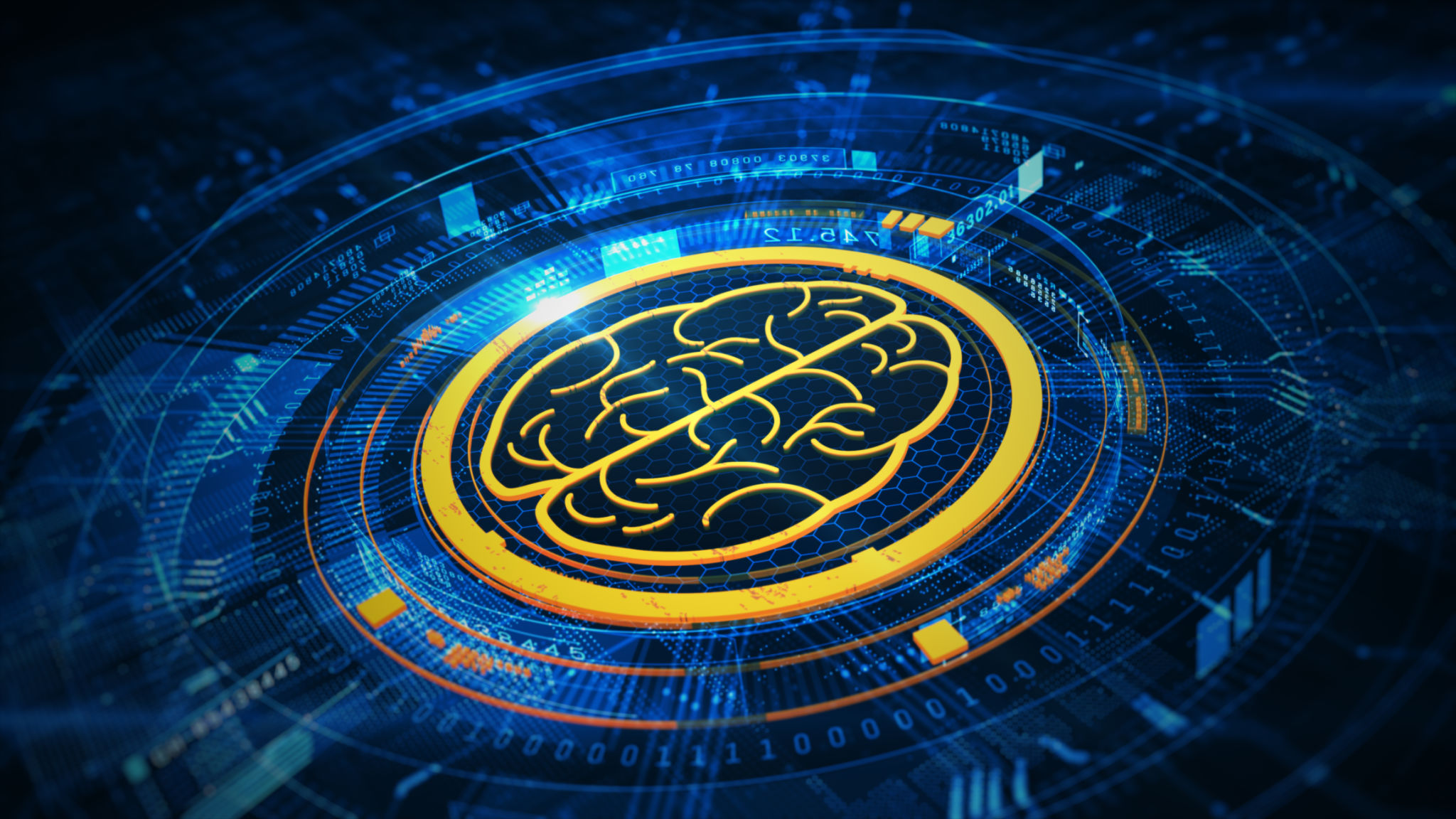From Fantasy to Reality: The Science Behind Our Illusions
Understanding the Nature of Illusions
Illusions have fascinated humans for centuries, blurring the lines between fantasy and reality. These phenomena occur when our perception diverges from the physical properties of the stimulus, leading us to see, hear, or feel something that isn't there. But why does this happen? At the core of illusions lies the intricate workings of our brain, which interprets sensory information to create a coherent picture of the world.

The Brain's Role in Perception
Our brain is a powerful processor, constantly receiving and interpreting a vast array of sensory inputs. It uses previous experiences and contextual clues to fill in gaps and make predictions about our environment. This predictive nature is essential for survival, enabling quick reactions to potential threats. However, it also makes us susceptible to illusions. When the brain's predictions don't align with reality, an illusion is born.
For instance, consider the classic example of the optical illusion where two lines of equal length appear different due to their surrounding context. Here, our brain is tricked by its own rules and assumptions about size and distance. Such illusions reveal much about how our brains work and how they can be deceived by seemingly straightforward stimuli.
The Science of Optical Illusions
Optical illusions are among the most studied types of illusions, showcasing the fascinating interaction between our eyes and brain. These illusions exploit visual shortcuts that our brains take to process images efficiently. For example, the famous Müller-Lyer illusion plays with angles and lines to create a false sense of depth and size.

In studying optical illusions, scientists have uncovered how various parts of the brain contribute to image processing. The primary visual cortex is responsible for basic visual recognition, while higher-level areas interpret complex patterns. By studying these processes, researchers gain insights into both normal vision and disorders affecting perception.
The Role of Context in Illusory Experiences
Context plays a pivotal role in shaping our perceptions and can lead to powerful illusions. The surrounding environment influences how we interpret sensory information, often leading to surprising outcomes. Consider the "checker shadow" illusion, where two squares of identical color appear different due to their placement and surrounding shadows.
This phenomenon highlights the brain's reliance on context to make sense of ambiguous information. By understanding these mechanisms, scientists can better grasp how perception can be manipulated and why our brains sometimes get it wrong.

Auditory Illusions: Hearing Beyond Reality
Illusions aren't limited to the visual domain; auditory illusions also play tricks on our perception. One well-known example is the Shepard tone, a sound that seems to ascend or descend endlessly in pitch without ever reaching a conclusion. This auditory illusion demonstrates how our brains construct continuous experiences from discrete sounds.
Research into auditory illusions reveals how context and expectation shape what we hear. By exploring these phenomena, scientists learn more about the complex relationship between sound waves and perception, offering insights into both auditory processing and potential applications in sound design.
The Impact of Illusions on Everyday Life
While illusions are often seen as entertaining curiosities, they hold significant implications for our daily lives. Understanding illusions can enhance areas such as design, marketing, and safety. For instance, knowledge of perceptual tricks can improve user interfaces or help in creating more effective advertisements by capitalizing on attention-grabbing visuals.
Moreover, understanding how illusions arise can aid in diagnosing and treating perceptual disorders. By exploring these captivating phenomena, we not only unravel the mysteries of human perception but also apply this knowledge to improve various aspects of modern life.
